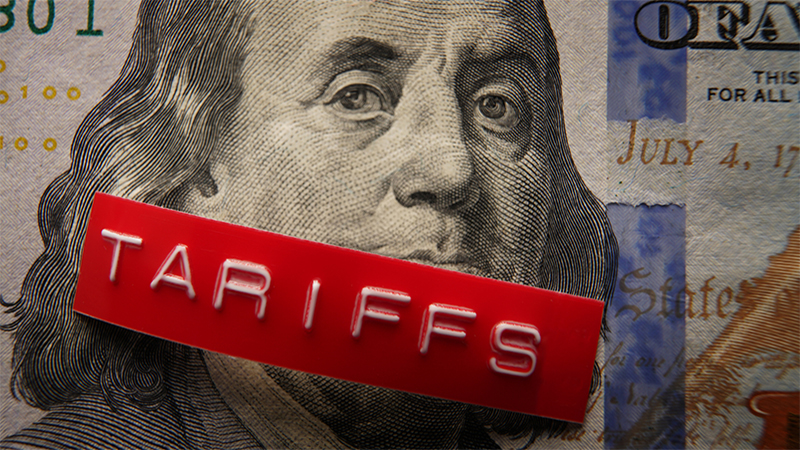The UK consumer price index (CPI) rose by 4% in the year to January 2024, remaining steady from December, while the monthly CPI fell 0.6%.
The core CPI, which excludes energy, tobacco, food, and alcohol, also remained the same as December for the year to January, at 5.1%.
For the month, furniture, household goods, food and non-alcoholic drinks brought the figure down, while housing and household services such as gas and electricity drove the index higher.
See also: Bank of England holds rates steady at 5.25% as inflation concerns persist
George Lagarias, chief economist at Mazars, said: “Quite frankly, I see no reason to be pessimistic about UK inflation. While the headline number remained steady at 4%, it was in line with what markets were expecting, mostly because of the year-on-year effect.
“Instead of focusing on the annual number, investors should take a closer look at the monthly figure, which shows that fell by 0.6% in January, the largest drop in a year. For the past five months, prices have are unchanged on average. If the pace is maintained, in the next four months, we will see much better headline numbers, as we put the high inflation figures from February to May 2023 behind us.”
See also: UK employment growth slows in 2023 but wages outpace inflation
Rachel Winter, partner at Killik & Co, also had a positive outlook on the figures, especially in combination with wage figures from 13 February.
“Yesterday’s unexpectedly strong wage data had led many to expect an increase in inflation, and therefore today’s flatlining figure should be taken as good news. Wage growth remained strong at the end of 2023, and this could have led to more disposable income and put upward pressure on prices,” Winter said.
“We continue to remain optimistic for 2024. Markets tend to move based on what is expected to happen in the future rather than what is happening right now, and the recent positive movements in markets suggest that there are better times ahead. That said, investors should continue to closely monitor macroeconomic trends, stay flexible, and ensure portfolios are well diversified.”
The data comes as analysts attempt to predict the start of rate cuts in 2024, which remained at 5.25% during the vote on 1 February as the Bank of England maintained its inflation goal of 2%.
Michael Metcalfe, head of macro strategy at State Street Global Markets, said January’s .6% drop was “bigger than even we anticipated”.
“Base effects should now set up a very sharp fall in the annual inflation rate in the next four months. This may yet be enough based on January’s benign reading to get the inflation rate near enough to target to allow the BoE to begin its easing cycle in June.”
See also: Will inflation fall enough for ‘year of the bond’?










